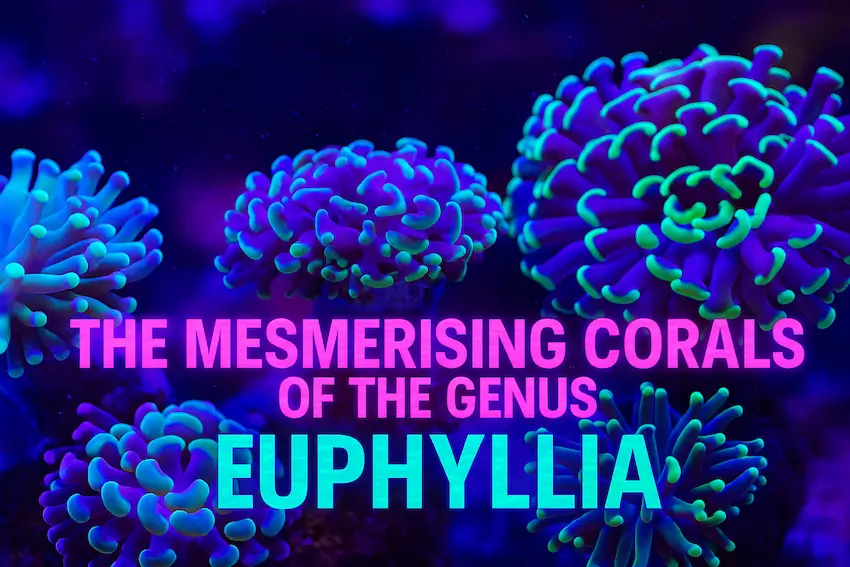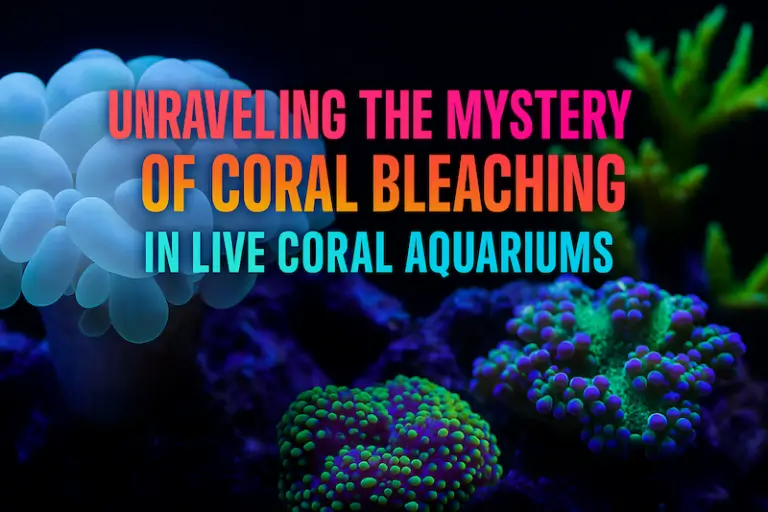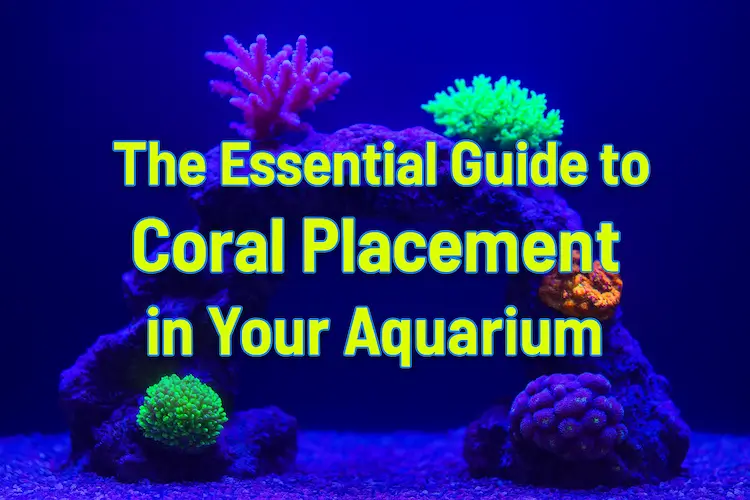Hammer, Torch, and Frogspawn: Your Complete Euphyllia Coral Guide
Euphyllia In The Wild
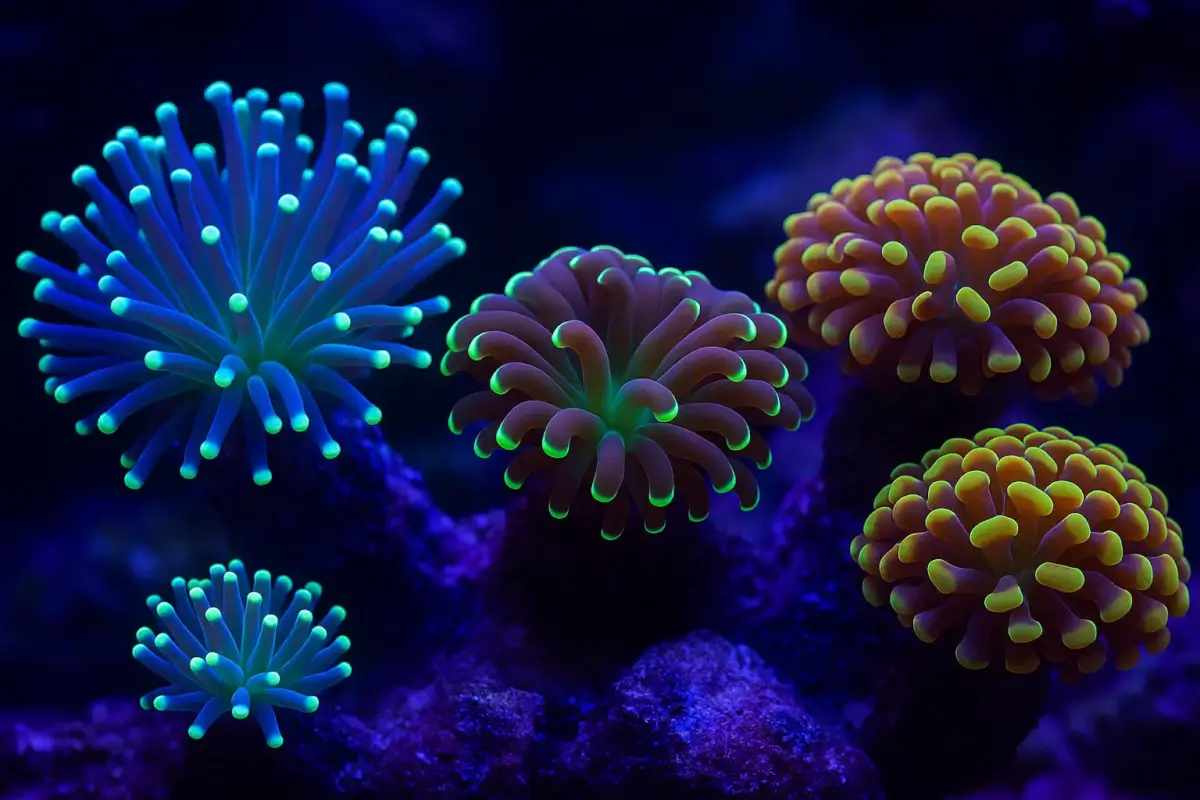
For their distinctive tentacle formations that resemble hammers or anchors, euphyllia corals, also known as Hammer corals, Frogspawn corals, or Torch corals, earned their common names.
Australia, Indonesia, and the Philippines are just a few of the countries in the Indo-Pacific region where these corals can be found in great abundance. They often live in shallow reef habitats in the wild, where they may get plenty of light and a moderate amount of water movement.
Varieties of Euphyllia
Hammer Corals
(Euphyllia ancora, parancora)
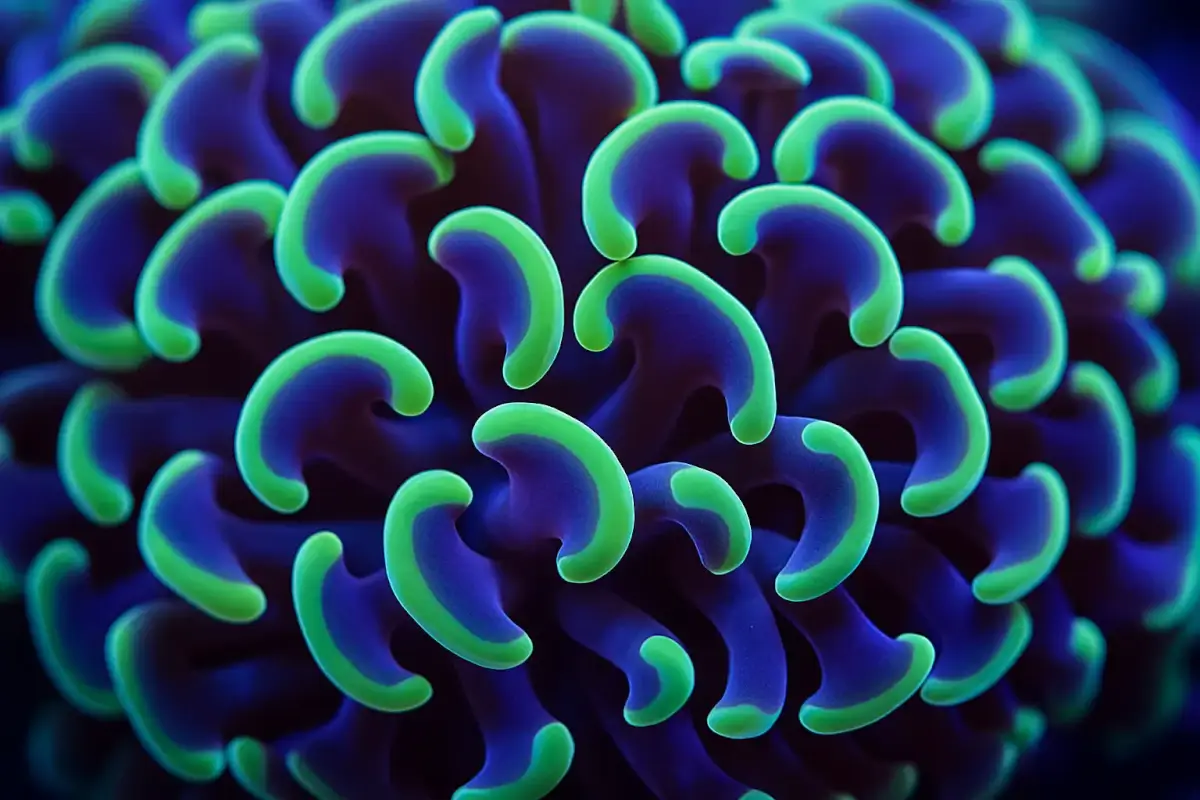
Frogspawn Corals
(Euphyllia divisa, paradivisa)
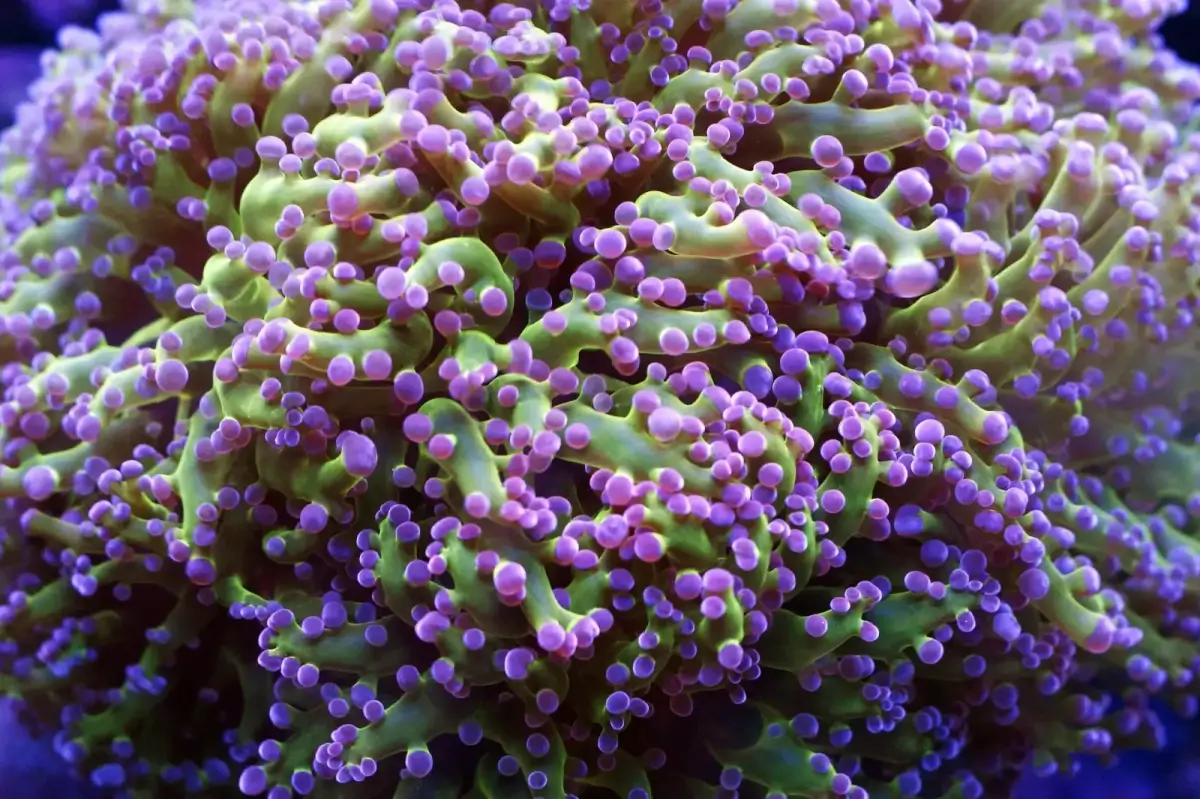
The Frogspawn Corals, Euphyllia divisa and paradivisa, have thicker, shorter tentacles that mimic a mass of frogspawn. These corals often attain bright fluorescent colouration and can tolerate brighter, indirect lighting than E.ancora.
Torch Corals
(Euphyllia Glabrescens)
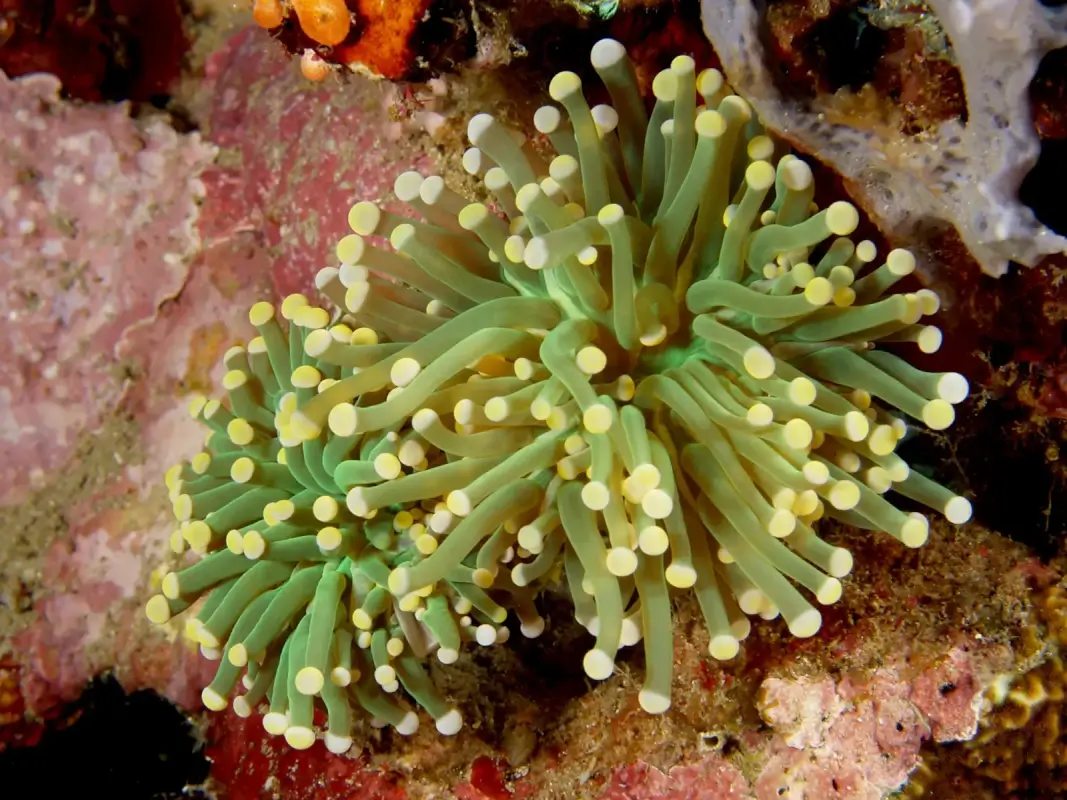
Torch corals are some of the most beautiful corals in this hobby, boasting an incredible anemone-like appearance, rare colour morphs and bright tentacle tips. The most highly sought after varieties of Euphyllia are found in this genus, such as the 24K Golds pictured above, the Dragon Soul Torch and the rare Holy Grail Torch. Torches tolerate brighter, indirect lighting and low to medium flow.
Yaeyamaensis Coral
(Euphyllia yaeyamaensis)
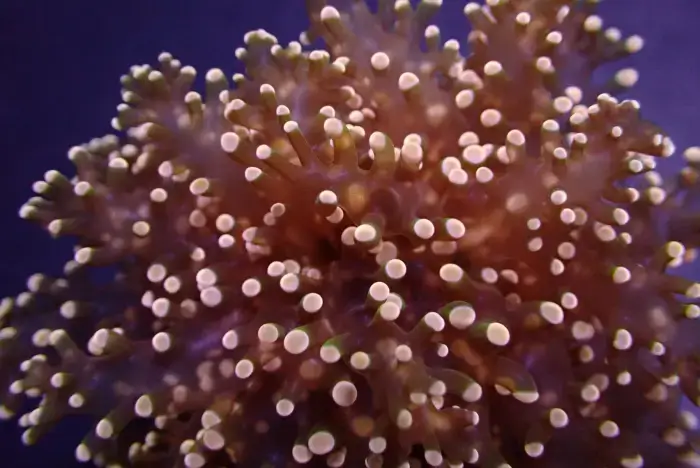
Often mistaken for frogspawn coral, Euphyllia yaeyamaensis is a distinct Euphyllia species with a unique structure. Rather than having single, rounded tips like frogspawn, each tentacle features multiple clustered tips, creating a denser, more compact appearance. These clusters give the coral a rich, textured look under flow—almost like a bouquet of mini tentacles on each branch. Yaeyama corals prefer moderate, indirect lighting and gentle flow, making them suitable for a variety of reef setups. Their rare structure and movement make them a standout species in mixed Euphyllia gardens.
Grape Coral / Grape Torch
(Euphyllia cristata)
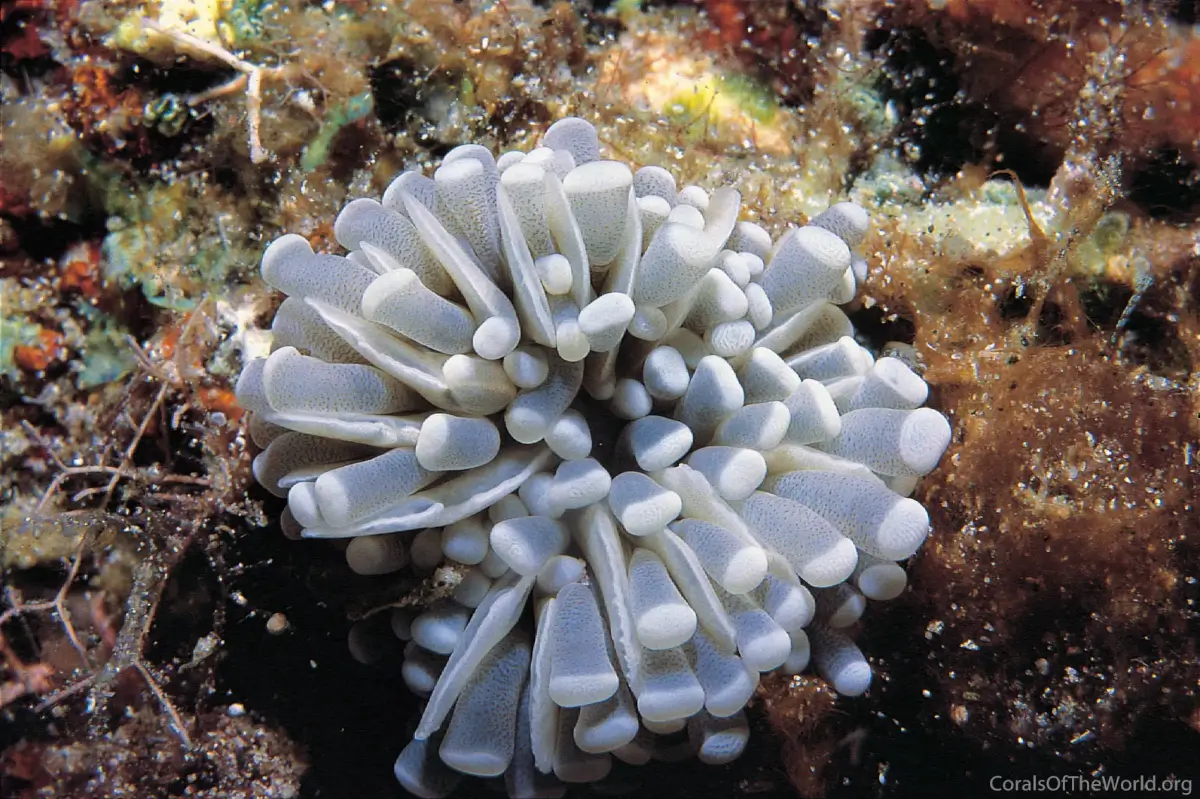
Are Euphyllia Corals Difficult to Look After?
Euphyllia can be a fantastic choice for those just getting into LPS corals, however, do not neglect water parameters. These corals demand steady water conditions, low to moderate water flow, and decent low to medium lighting. Due to the fact that these corals are Hard Corals, it is crucial to maintain appropriate levels of Alkalinity, Calcium and Magnesium.
Related Article: Mastering Water Parameters for Thriving Live Coral Aquariums
Improper handling of the coral can also cause damage to the skeleton and surrounding flesh ring, which can lead to disease, so beware when placing or moving these corals.
Ideal Water Parameters for Euphyllia Corals
| Parameter | Ideal Range |
|---|---|
| Temperature | 24–26°C (75–79°F) |
| Salinity | 1.025–1.026 SG |
| pH | 8.1–8.4 |
| Alkalinity (dKH) | 8–9.5 dKH |
| Calcium (Ca) | 420–460 ppm |
| Magnesium (Mg) | 1350–1450 ppm |
| Nitrate (NO₃) | 1–10 ppm |
| Phosphate (PO₄) | 0.01–0.03 ppm |
| Ammonia & Nitrite | 0 ppm |
| PAR (Lighting Intensity) | 80–150 PAR (Moderate, diffused light) |
| Flow | Moderate, indirect |
Do I Need to Feed Euphyllia Corals?
Whilst not the most demanding when it comes to food, Euphyllia do need to be fed from time to time. Little bits of shrimp, krill, or other meaty items can be fed to Euphyllia corals, among other things, once a week. The addition of Amino Acid Solutions such as Red Sea Reef Energy AB+ are an excellent way to supplement these corals’ diets.
Related Article: Grubs Up, Your Brief Guide To Feeding Corals
Will My Euphyllia Reproduce?
The ability of Euphyllia corals to reproduce asexually as well as sexually is one of their distinguishing characteristics. They sexually reproduce in the wild by releasing eggs and sperm, which come together to generate larvae. They can reproduce asexually in aquariums through a process known as budding, in which tiny new heads form from the current coral. Additionally, new heads can appear in the tank seemingly out of nowhere due to sexual reproduction in the water column.
Conclusion
Euphyllia Corals make a truly wonderful addition to the aquarium with their mesmerising movement and colour. Whilst there is some care to be taken with maintenance and handling, Aquarium Keepers can admire the beauty and wonder of these unique LPS Corals in their own homes.

